‘Calling Across Distance’ by Valerie Amani | Dar es Salaam, Tanzania
Tanzania-based artist and EAS correspondent, Valerie Amani, offers her perceptive observations and reflections on EAS’s current online exhibition, 'Calling Across the Distance'.
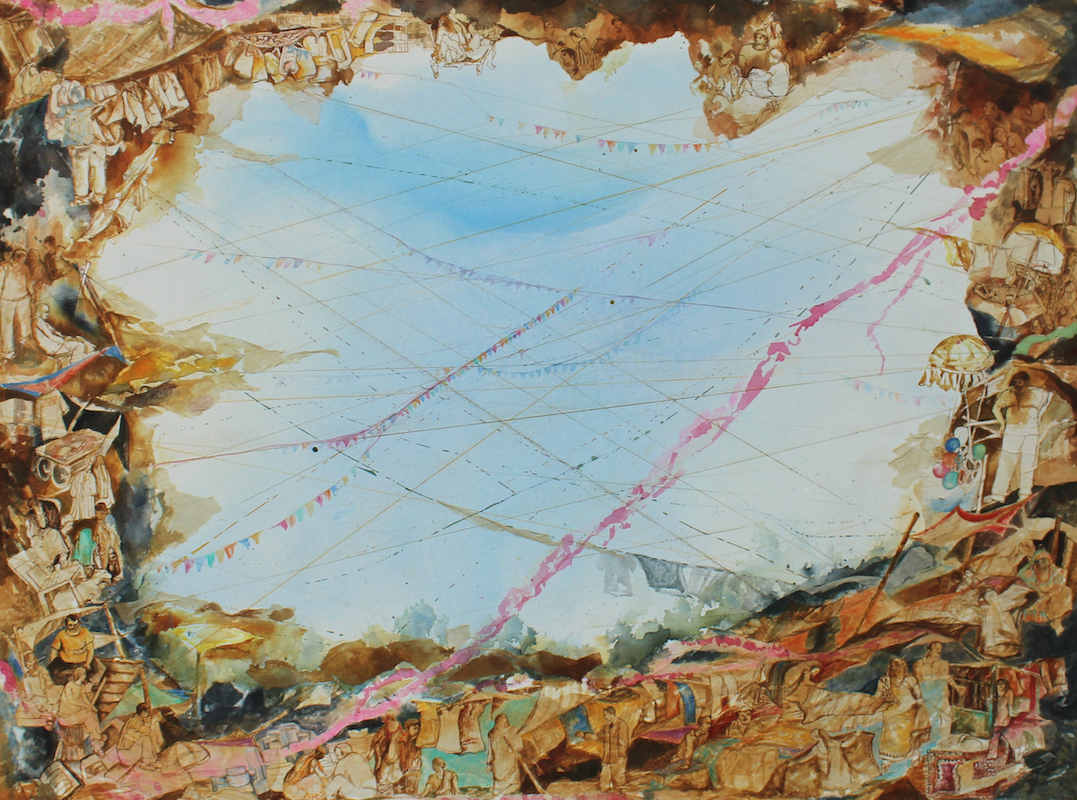
The role of the artist has many times been misunderstood, but never disputed. Through creating, artists are an integral part of capturing the human experience in ways of metaphor and emotion translated to image. Art makes us see better. Calling Across the Distance is a collection of observations that allows us to see beyond the face masks, sanitizers and other pandemic paraphernalia.
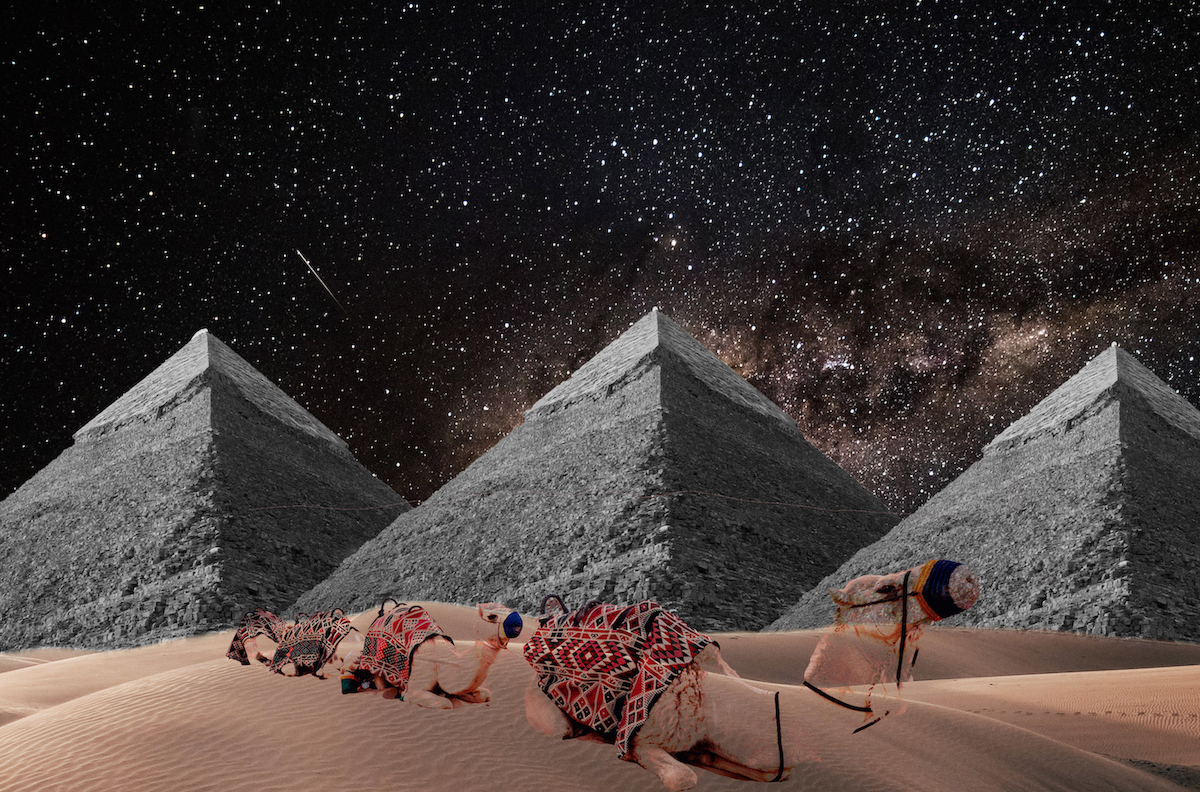
The exhibition starts with an introduction to sky, a familiar friend once taken for granted, shapeshifting from Raka Panda's dreamy multimedia offerings of market space to Adikinyi Otsomo Kondo's digitally-crafted shooting stars. The sky, I believe, is a reflection of what cannot be touched - followed by other familiarities such as a tree here and a wall there. Then there is a suggested shift in tone - suddenly the skies turn into an empty street in Anirban Mishra's “From the Distance” charcoal drawing. A manifestation of the feeling of loneliness that comes with isolation.
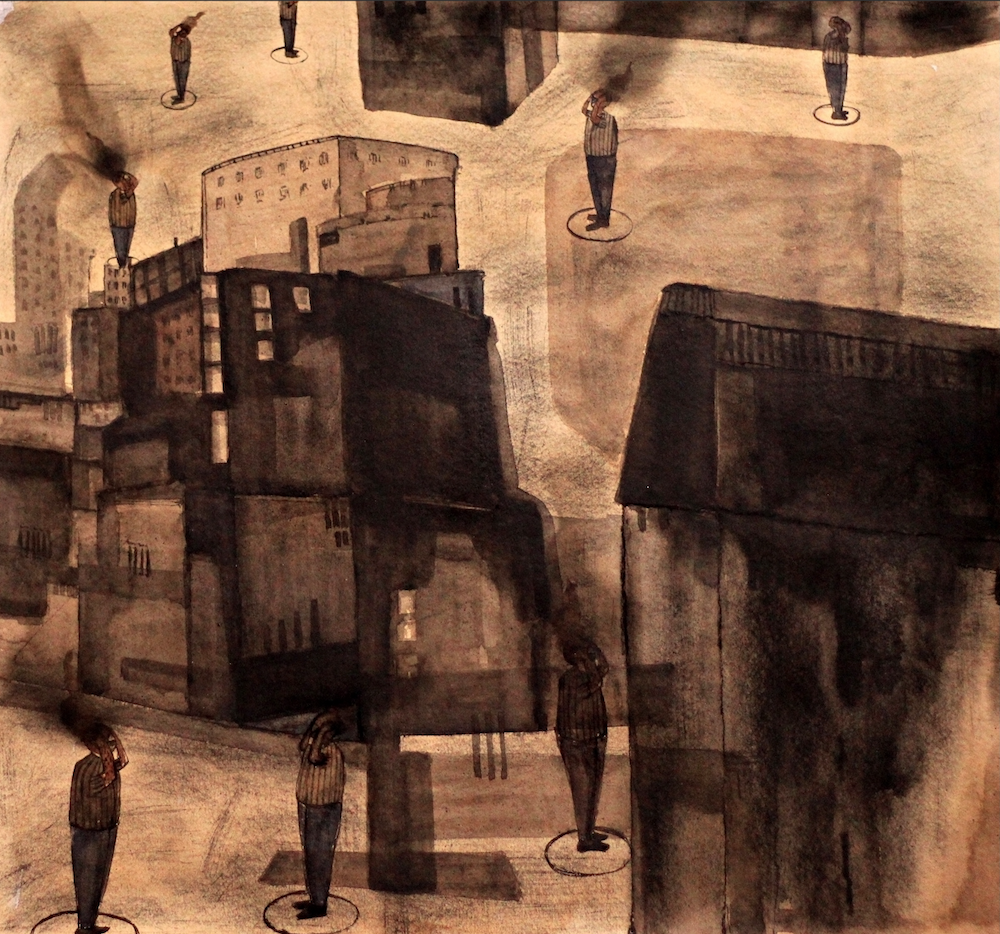

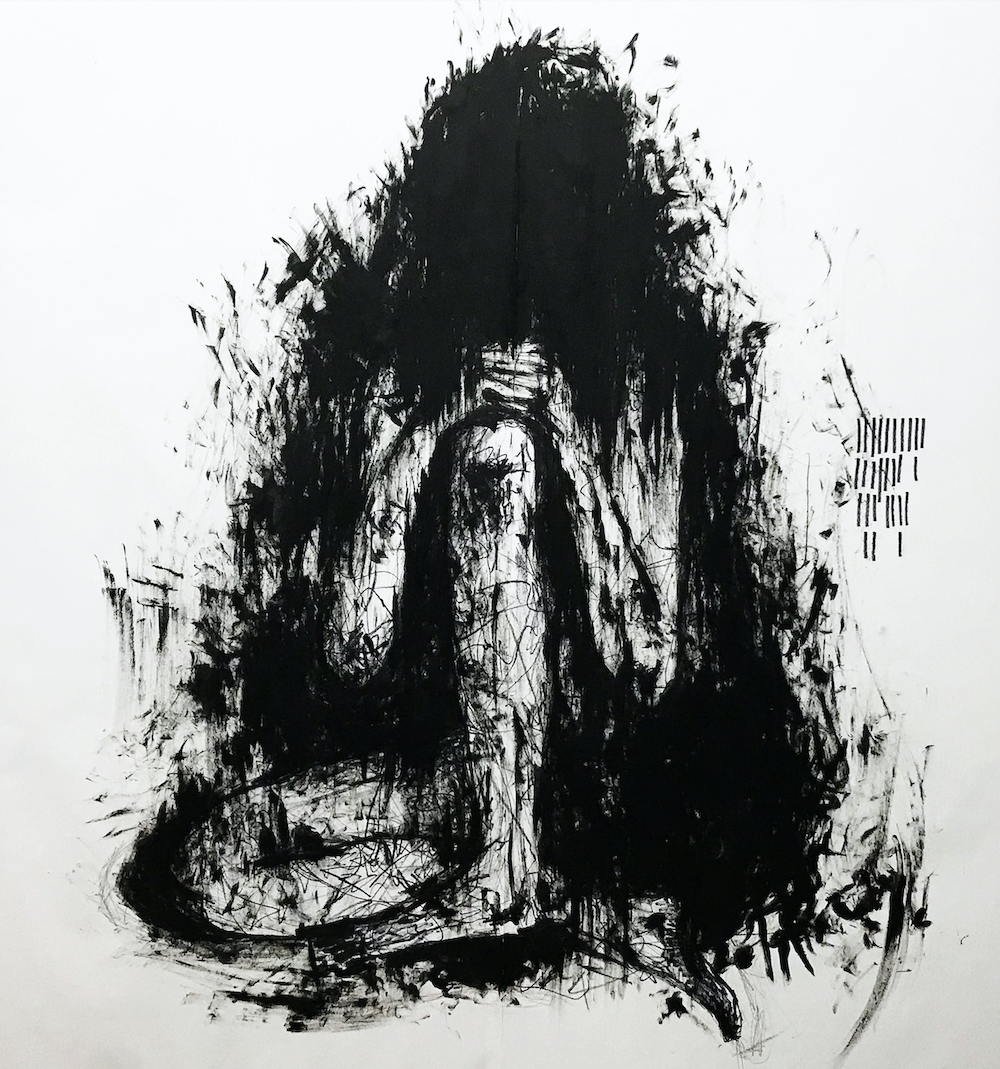
As the exhibition continues to unfold, we start to go inside; inside the home and inside the mind. The switch to abstract works allows for a raw emotional connection to color and form, and pieces like Hannah Sullivan's work are somewhat confrontational. What are you looking at? How does it make you feel? It is almost as if the collection of abstract and textured pieces each embody emotions of love, fear, pain, confusion and a search for stability. It leaves us open, and when we start seeing painted and photographed faces it is almost as if we pay more attention to them - looking for what they may be hiding. In the case of artists such as Ong Jing Ren and Vensa Temu, the subjects are turned inside out, representation of tension made clear.
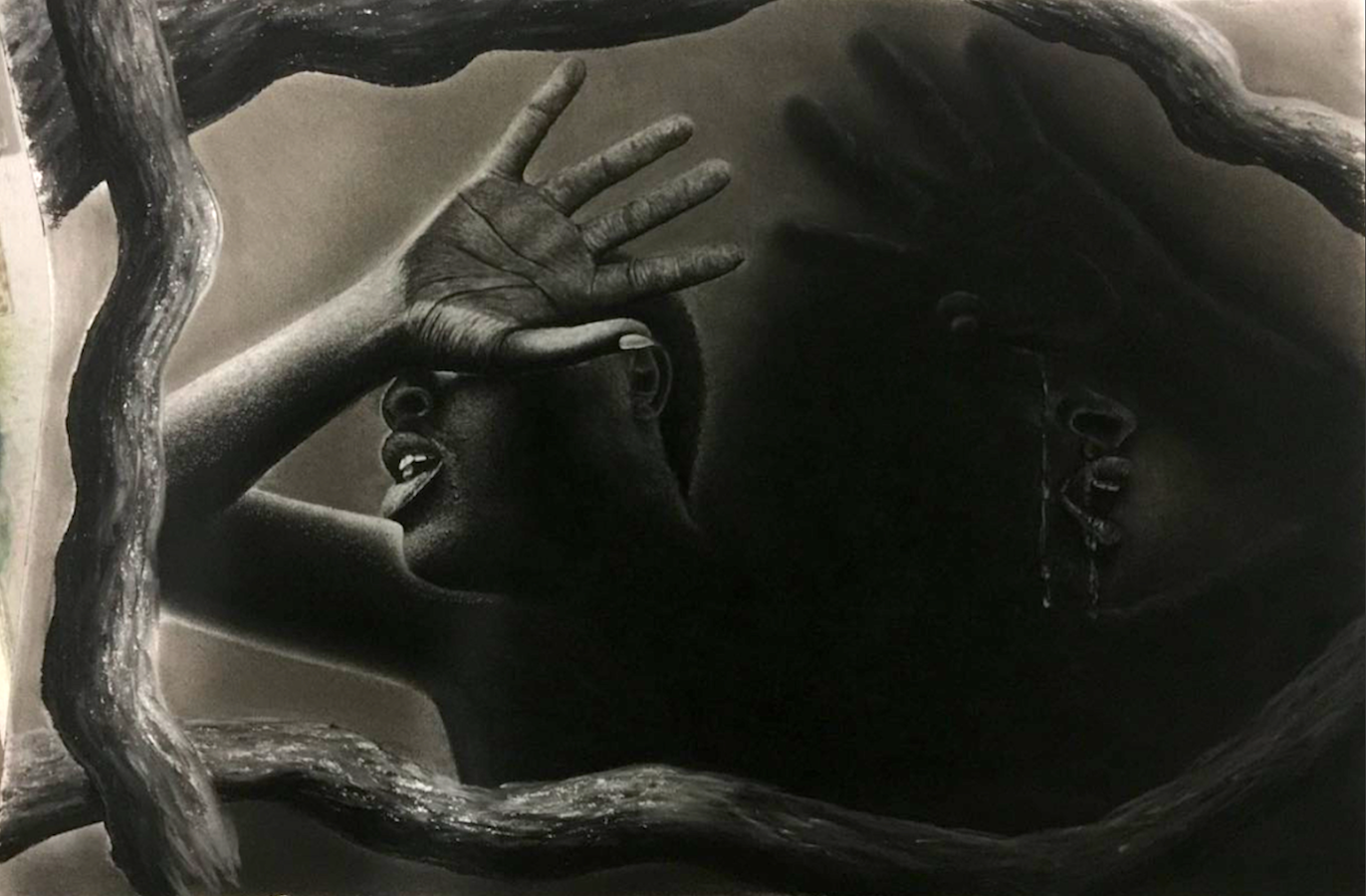

Robert Vogt depicts a relatable concept of digital romance, affection pouring into pixels. In a moment where love is needed in the flesh, many of us have felt cheated when confined to cancelled flights, network errors and interrupted calls. As we get closer to the end of the exhibition, images become video. We are immersed in sound, moving text and shifting canvases. Amalie Klitgaard presents a diary format reenactment of the over-saturation of pandemic media, juxtaposed against the repetition of her personal indoor rituals. The video is almost an alert of how desensitized we may have become. Amalie films herself in a somewhat robotic way. With time and space an irrelevant thing, she invites us to contemplate where we go next in our reintroduction to a “normal”.
Captured by Amalie Klitgaard | Video
If there is one thing that resounds clearly in an overview of the multiplicity of media showcased, it is that there is no one “normal” and the notion of normal will have to be rejected by us. Landscapes, bodies, and intricacies of emotion all gathered differently to create each art piece. This is the beauty; the agency of choosing what it is that should be said, and every choice being relatable but different. The exhibition creates a wonderful archive consisting of multicultural narratives to be added as a contribution to this extraordinary moment in history. Art has served its purpose.
The last item is a video art piece by artist Qafar Rzayev. He waves a flag from left to right, a surrender turned to an act of remembrance of all the life lost while welcoming a returned peace. This exhibition is a necessary exercise to be aware of our perception and reaction to images; how we see, or rather whose eyes we are seeing through. The visual journey leads us under and above passageways, through continents, cities and homes, with each encounter further exposing our vulnerabilities … our similarities. The images are an amalgamation of what it means to exist right now, in this intersection that has brought us face to face with our mortality on a global scale. Calling Across the Distance is an extended virtual hand that is there to remind us that we belong to each other. Despite our differences and borders and cultural barriers, we share much more than a pandemic - we share our humanity.
Click here to see the Calling Across the Distance online exhibition
Valerie Amani is an artistic explorer based in Dar es salaam, Tanzania. Her multimedia approach includes incorporating textile, poetry, moving image and digital collage into her work. She has won awards in fashion and has co-authored a book titled Black Amara, a visual and literary journey of love, loss and healing. She experiments with the elements of memory and emotion, her art pieces having narratives around the changing complexities of identity and body, along with the nuances of daily existence through a neo-african feminine lens.
Instagram: @ardonaxela | website: www.valerieamani.com